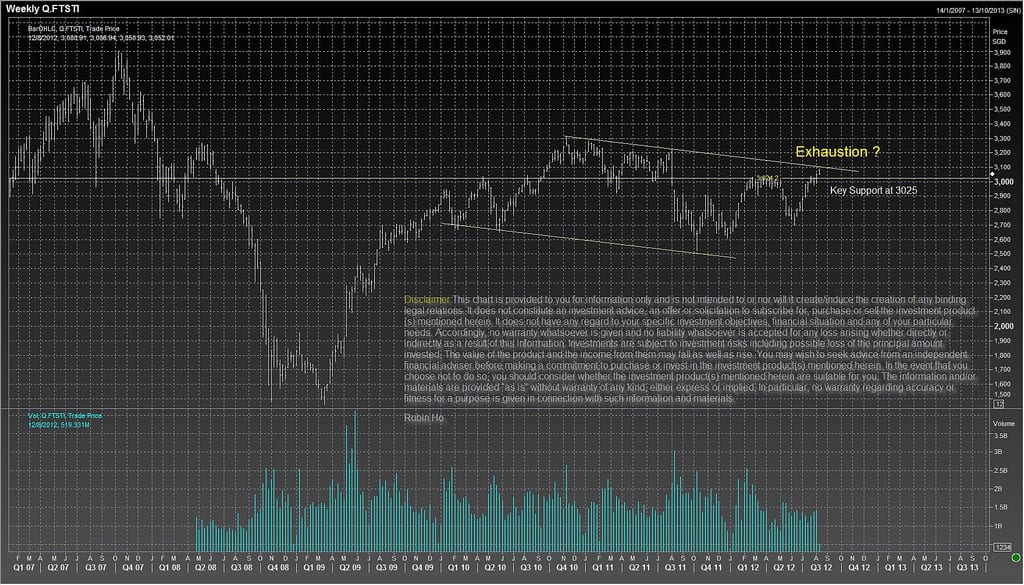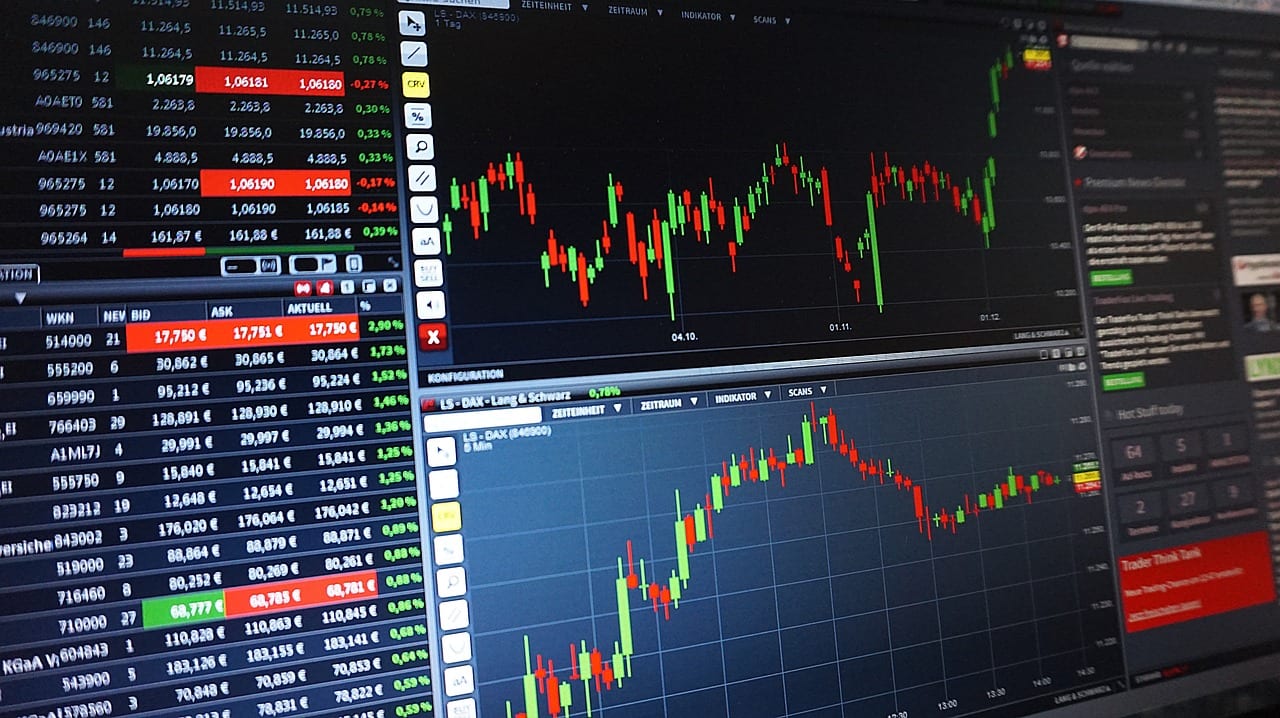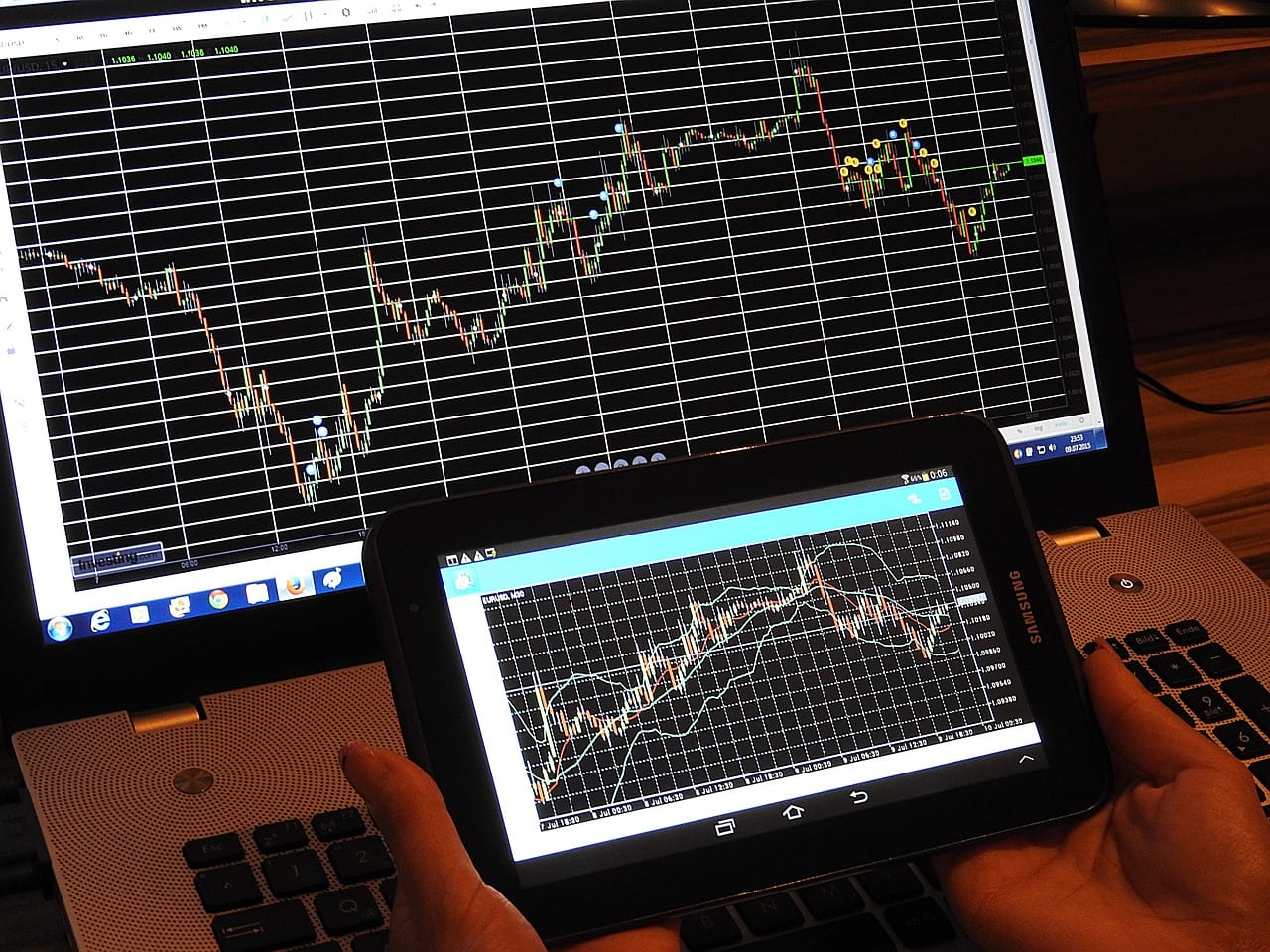
One of the strategies to operate in the equity markets is materialized through the so-called chart figures. They can give you the odd signal of special relevance to enter and exit the financial markets. In any case, it is a system that is reserved for a very special profile of investors. How are those who provide a further learning in this class of operations. Above other technical considerations that publicly traded securities may offer.
You cannot forget from now on that chart analysis is the part of technical analysis that studies price movements. Such is its importance today that these figures are the ones that form the prices and that cause this investment strategy to be called chartism. But now, each figure has a different connotations and they serve to warn if you are facing an upward trend or if, on the contrary, it is downward. This is one of the keys to interpreting this class of stock market figures.
On the other hand, chart figures are also very important in determining whether the dominant trend is going to continue or there may be a change in it. Investors with more experience in the financial markets look at this parameter to open or close positions in the equity markets. With a very detailed analysis of this analysis you can configure the success of your operations. Above other strategies that are considered more vulnerable or, at least as unreliable in their diagnosis.
Chartist figures: with several triangles

The triangles in this class of stock market figures is one of the best sources of information to carry out operations on the stock market. It is one of the best sources to detect if a security is in an uptrend or if, on the contrary, it is bearish. One of the most precise triangles is called as ascending. But what does this modality of technical analysis consist of? Well, it is basically made up of a horizontal resistance line and a bullish guideline. Its reliability is quite high and it can be applied without difficulty since it is quite easy to detect it with some ease.
On the other hand, other of the most relevant triangles in technical analysis is the opposite. That is, the descending one. In which a horizontal line is formed that in this case works as a support and with a bearish guideline. In general, this type of figures tends to go downwards, which means that many precautions must be taken when receiving this figure. Especially if this support is knocked down with some slack. In this sense, it is very similar to the classic media in the configuration of its prices.
Expansive triangles
A third triangle is the expansive one and its name already indicates a very favorable figure for the interests of small and medium investors. It should be noted that this very special and at the same time complex figure of technical analysis usually emerges within downtrends. Not surprisingly, what they come to indicate is a significant increase in volatility. That is, a substantial difference between the maximum and minimum prices of the analyzed securities. Unlike the other figures, it is after all does not offer any specific objective.
The biggest problem with this figure in equity markets is that it cannot be translated into a specific operation. Any incident can happen or what is the same, mark an upward, downward or even lateral trend. In a way, it must go unnoticed because it does not give any reliable signal about what you have to do at all times. To the point that very few investors pay attention to it, especially those with more experience in the equity markets.
What are wedges?

Although I miss you a little at this point the wedges is another triangle formation. Because in effect, they coincide with the previous models in that they are triangular figures. But in this case, presenting the same address. With a double interpretation since the rising wedge provides clear bearish connotations. While on the contrary, the falling wedge has bullish implications. As a consequence of these interpretations, they are movements that can be used to buy or sell the shares, respectively. With a high reliability in its resolution.
On the other hand, the main problem with these special wedges, both in their ascending and descending variants, is that they are not more difficult to detect. After all, it is necessary to provide a high level of learning in this class of figures within chartism or technical analysis. But once this problem has been solved, they can give you more than one joy from now on. Among other reasons because you will be in a better disposition to make your savings profitable from now on.
Pullback and Throwback
There is no doubt that we are facing two of the movements most used by investors to carry out their operations in the equity markets. Although it is also true that they tend to be confused with special frequency. For this reason, it is especially important to differentiate them correctly. Well, the so-called throwback is a backward movement after a break up. That is to say, it initiates a very punctual correction process after having developed a significant rise in its prices. To stop very close to resistance.
Generally it has very strong bullish connotations so it should be used to take positions in a more aggressive way. Not surprisingly, it presents a potential for revaluation that is well worth considering. To the extent that the most immediate reaction is a very violent escape on the upside. In the first place, to recover their previous prices and with a little luck and a high volume of contracts, more ambitious goals can be achieved to the delight of small and medium investors who have decided to take positions at the beginning of this stock market movement.
Pullback: it's the opposite
On the other hand, the pullback indicates the opposite of the previous figure. In other words, it has very strong bearish overtones. This is mainly due to the fact that in the stock market technical analysis, it refers to the movements of return or retracement in the price (up or down) towards a previous movement of breakdown of supports, resistance, significant trends or graphical or chart formations that have been previously completed. Therefore, they are opportunities to buy or sell securities, depending on the breakdown of a price level or a bullish or bearish technical formation.
In any case, one of the keys to maintaining or achieving success in operations is based on knowing how to separate both movements, which is not always very easy to verify. If you are not very clear about this process of technical analysis, it will be better to refrain from making any decisions about the values you want buy or sell from now on. Not in vain, you can fall into the odd mistake that will pay dearly, as has happened with many of the investors with less experience in the equity markets.
On the contrary, do not forget that a pullback does not occur every time a trend line breaks. Not much less even if investors think this way. Since another additional signal is needed to confirm the strength of the new trend that has just started at that time. This is the main reason why it should be supported by an answer that comes from other stock market parameters. Because at the end of the day, if only this figure of technical analysis is presented, you must show a certain caution about your intentions.
When these figures break

Another aspect that you must assess in the correct analysis of these stock market figures is the one that has to do with the fact that in any kind of figure of the graphic analysis (triangles, rectangles, shoulder-head-shoulder, among some of the most relevant) it can produce a pullback when this figure is broken. Therefore, its complexity is increasing sensibly, as you can see with these explanations that we are giving you. To the extent that it can be said that the pullback is constituted after all as a confirmation of the validity of the movement. Beyond other considerations, both from a technical point of view and from its fundamentals.
While another part, it is also very convenient that you take into account from now on that these figures are not infallible. That is, they can be false movements that can lead you to a completely wrong operation and this is the greatest danger you have if you use these parameters in the information to operate in the equity markets. Because there is no doubt that you will be able to leave a lot of euros on the way if your actions are not correct. It is the great risk of using these figures that we have talked about in this article.